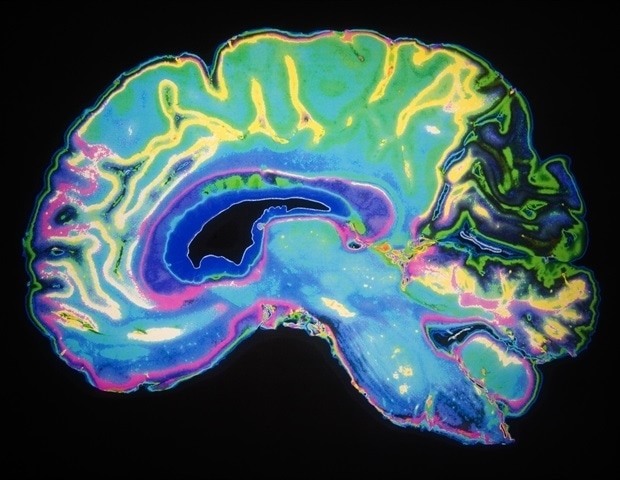AI Generated Earth-Shattering Discovery: Mars Has a Solid Inner Core!

Imagine peering into the depths of Mars and discovering something that flips our understanding of the planet on its head! Scientists have recently unearthed a surprising truth buried deep within the Martian core, revealing a solid mass that could change everything we thought we knew about our celestial neighbor.
Using cutting-edge technology from NASA's InSight lander, a team led by seismologist Huixing Bi from the University of Science and Technology of China has found that Mars's core is not the squishy, molten mass we expected. Instead, it features a solid inner core measuring around 600 kilometers (373 miles) across. This revelation starkly contrasts older theories that suggested Mars's core was entirely liquid due to a supposed abundance of light elements that would prevent crystallization.
The InSight lander, which operated from 2018 to 2022, utilized a unique seismometer to record seismic waves generated by quakes and meteorite strikes. Think of it as an acoustic X-ray of Mars, providing scientists with a detailed map of the planet's interior, akin to how doctors use ultrasound imaging. After monitoring numerous seismic events, scientists gleaned insights that allowed them to create an internal structure resembling that of Earth: a hard crust, a molten mantle, and a dense core at its heart.
However, the journey to understanding the Martian core was fraught with challenges. Unlike Earth, which boasts a protective global magnetic field generated by its dynamic liquid outer core, Mars lacks such a field today. This absence hints at a dramatic shift in Mars's planetary evolution, as the remnants of magnetized crust suggest the planet once had a magnetic shield.
To gather data, the researchers had to be resourceful. Mars's InSight could only listen in from a single location, so the team relied on the seismic waves produced by large impacts on the Martian surface. They identified a staggering 23 high-quality events, employing techniques typically used on Earth that allowed them to pinpoint specific seismic phases arriving at different times and angles.
The core's unexpected solidity presents a puzzle. The composition of Mars's core, primarily iron yet mixed with lighter elements such as sulfur, oxygen, and carbon, was assumed to remain soft due to its heat. But the seismic data unveiled not just one, but multiple waves confirming the existence of a solid inner core.
Finding these seismic waves—particularly the elusive PKiKP wave—stands as strong evidence of Mars's solid inner core. The researchers noted that the appearance of these waves, including new variations like PKPPKP, consistently pointed to this shocking conclusion. Understanding how this solid core came to be will require further modeling of the temperature, pressure, and elemental distribution at play.
This groundbreaking research opens the door to deeper insights about Mars's history, including how it lost its magnetic dynamo and what that means for the evolution of rocky planets that might harbor life. As the scientists put it, “The size and properties of Mars’s inner core serve as a crucial reference for understanding the planet’s thermal and chemical evolution.”
In the end, this discovery is more than just a scientific breakthrough; it’s a stepping stone towards unraveling the mysteries of not only Mars but the fundamental processes that govern all rocky planets. The implications are vast, and more detailed modeling is necessary to fully comprehend the history behind Mars's magnetic field and its core.


















